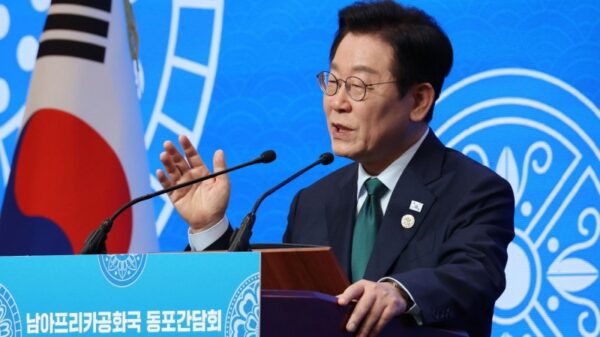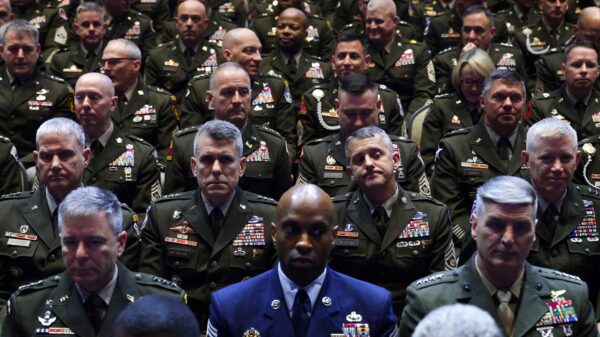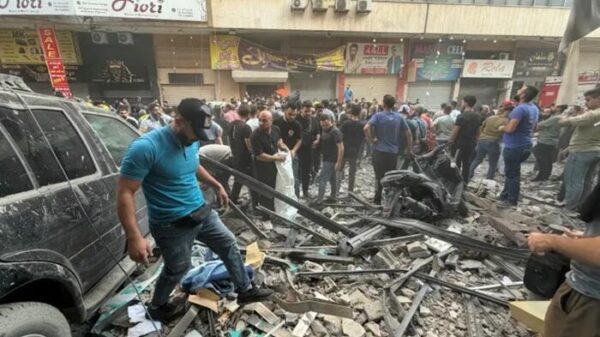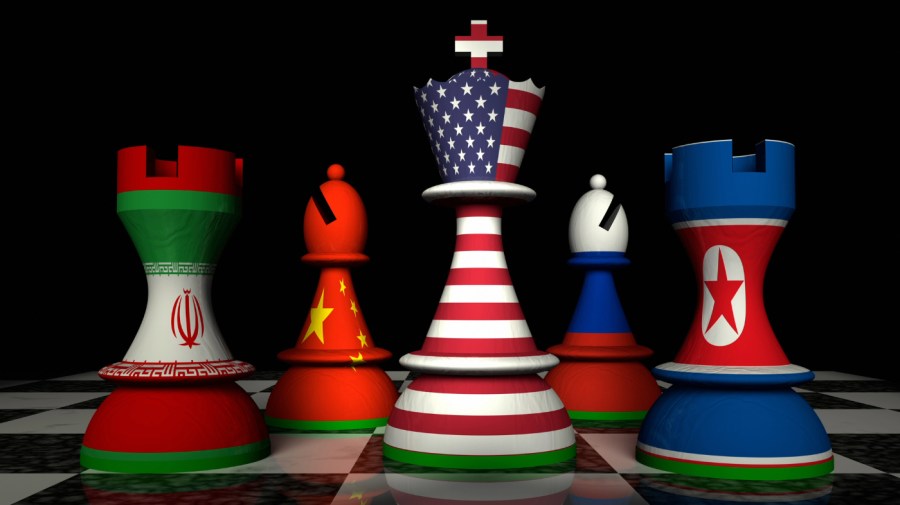On October 5, 2025, Russia executed a significant military strike on Lviv, launching a barrage of 549 drones and missiles that resulted in the deaths of five individuals and left tens of thousands without electricity. This attack, occurring just 35 miles from the Ukrainian border with Poland, underscores the ongoing conflict in the region and highlights the intricate web of supply chains that sustain Russia’s military efforts.
The weaponry used in the assault is believed to have been produced in an arms factory located approximately 500 miles east of Moscow. Reports indicate that these munitions were not solely of Russian origin; they were constructed using components sourced from Iran, reflecting a deepening military collaboration between the two nations. This partnership persists despite extensive international sanctions aimed at crippling their defense industries.
Impact of Sanctions on Military Supply Chains
The effectiveness of sanctions against both Russia and Iran has come under renewed scrutiny, particularly in light of the flourishing black market that facilitates the exchange of military resources. Analysts suggest that while formal sanctions may restrict direct transactions, they have failed to halt the underlying mechanisms that enable these nations to support their military operations.
According to the European Union, sanctions imposed on Iran’s military exports have been largely ineffective, with reports indicating that Iranian drones and missile technology continue to flow into Russia. This ongoing trade not only enhances Russia’s military capabilities but also allows Iran to strengthen its geopolitical influence.
The recent strikes in Ukraine illustrate the grim reality that sanctions alone may not be sufficient to dismantle the intricate networks that supply arms to conflict zones. Experts warn that without a coordinated international effort to disrupt these black markets, the consequences of warfare will continue to escalate.
Human Cost of the Conflict
The human toll of the conflict remains severe. The attack on Lviv, a city known for its cultural heritage, has not only claimed lives but has also plunged communities into darkness and despair. Local officials report that the strike has disrupted essential services, leaving many residents without access to electricity and basic necessities.
In the aftermath of these strikes, humanitarian organizations are mobilizing to provide aid to those affected. The ongoing conflict has exacerbated an already dire humanitarian situation in Ukraine, where millions are displaced and in need of assistance.
As the geopolitical landscape continues to shift, the international community faces significant challenges in addressing the complexities of the situation. The collaboration between Russia and Iran presents a formidable obstacle to peace efforts, raising urgent questions about the efficacy of current sanctions and the need for a reevaluation of strategies aimed at stabilizing the region.
The events of October 5 have reaffirmed that the war in Ukraine is far from over, and the international response will be crucial in shaping the future of not only Ukraine but also the broader geopolitical dynamics in Eastern Europe. The tragic consequences of this conflict highlight the need for sustained diplomatic engagement and innovative solutions to address the persistent threats posed by state-sponsored aggression and illicit arms trades.








































































